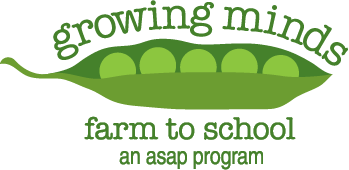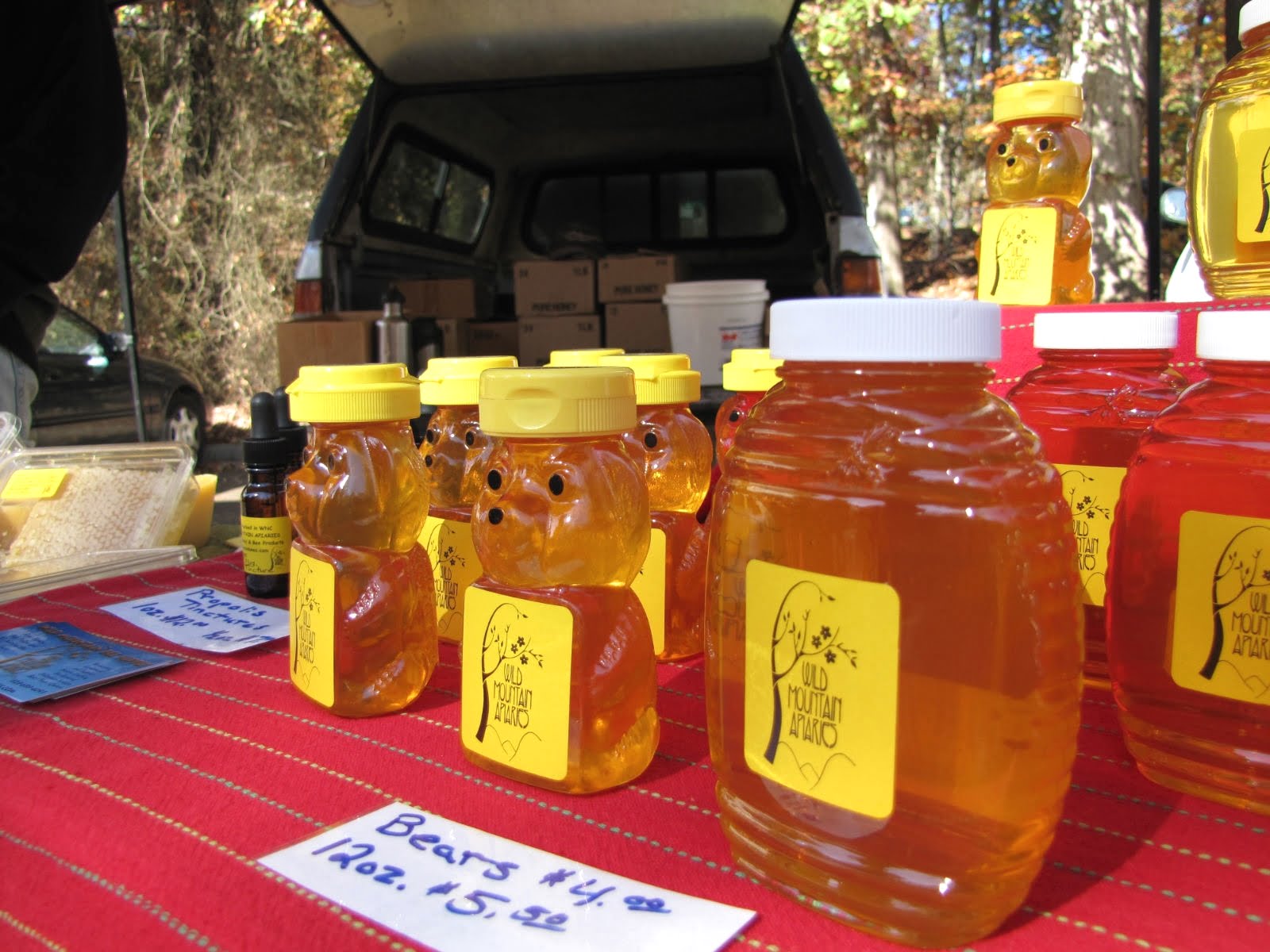This week’s theme is bears. Our “Growing Minds Day by Day” educational resource lists are designed for families and educators.
Books:
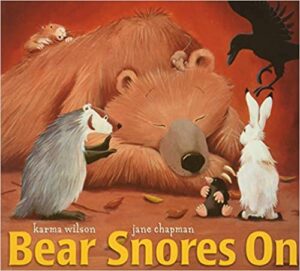 Bear Snores On
Bear Snores On
By Karma Wilson
Mouse creeps into hibernating Bear’s cozy lair, looking for relief from the cold night, and soon is joined by Hare, Badger, Mole, Wren, and Raven. Bear snores on as the high-spirited party gets going. The critters pop corn, make tea, twitter, and chatter, until Bear wakes up with a giant sneeze! Watch a read aloud on YouTube.
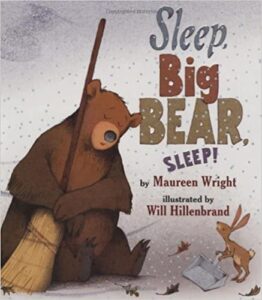 Sleep Big Bear, Sleep!
Sleep Big Bear, Sleep!
By Maureen Wright
It’s time for Big Bear to hibernate, so Old Man Winter keeps telling him: “Sleep, Big Bear, Sleep.” But Big Bear doesn’t hear very well. He thinks Old Man Winter has told him to drive a jeep, to sweep, and to leap. Big Bear just can’t seem to hear what Old Man Winter is saying. Finally, Old Man Winter finds a noisy way to get Big Bear’s attention. Watch a read aloud on YouTube.
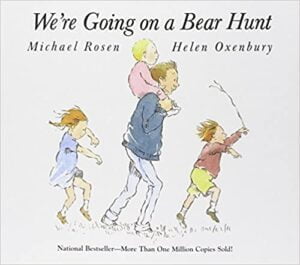 We’re Going on a Bear Hunt
We’re Going on a Bear Hunt
By Michael Rosen
Come along on a bear hunt in this award-winning classic from Michael Rosen and Helen Oxenbury. We’re going on a bear hunt. We’re going to catch a big one… will you come too? For more than twenty-five years readers have been swishy swashing and splash sploshing through this award-winning favorite. Join in the fun! Watch a read aloud on YouTube.
Local Food Recipe:
 Ever wonder why honey is sometimes packaged in a “honey bear” container? Fictional bears are commonly depicted as honey-loving critters–just think of Winnie the Pooh and his honey pots. It turns out that real bears in nature are attracted to beehives too, but they don’t just eat the honey! Bears will happily consume the whole bee hive, including the honeycomb, the bees, and their larvae. Bees and other insects are a protein-rich food that’s important in a bear’s diet.
Ever wonder why honey is sometimes packaged in a “honey bear” container? Fictional bears are commonly depicted as honey-loving critters–just think of Winnie the Pooh and his honey pots. It turns out that real bears in nature are attracted to beehives too, but they don’t just eat the honey! Bears will happily consume the whole bee hive, including the honeycomb, the bees, and their larvae. Bees and other insects are a protein-rich food that’s important in a bear’s diet.
The granola recipe below features sweet local honey, but thankfully it leaves out the bees! Once you’ve baked your homemade granola, your family or class can use it to build your own Local Apple Parfaits (find the recipe here) for a tasty seasonal snack.
5-Ingredient Granola with Mix-Ins
Ingredients:
- 6 cup oats, dry
- 1/4 cup brown sugar
- 1/2 cup coconut oil
- 1/3 cup local honey
- 2 teaspoons vanilla extract
Optional mix-ins
- 1 cup walnuts, chopped
- 1/4 cup sunflower seeds
- 1/2 cup raisins
- 1/2 cup dried cranberries
- 1 cup coconut flakes
Directions:
- Preheat the oven to 350 degrees F. Coat a large baking sheet with nonstick cooking spray and set aside.
- Mix oats and brown sugar together.
- In a separate bowl, whisk together the oil, honey and vanilla.
- Pour over dry mixture and stir to coat thoroughly. Add in chopped nuts, and sunflower seeds at this point, if desired.
- Spread on a baking sheet and bake for 30 minutes.
- Stir frequently (every 5 minutes) to ensure even baking. It should be golden brown when it is done.
- Let it cool on the baking sheet and then break up any large pieces. Stir in dried fruit and coconut, if using.
- Store in an airtight container for up to 3 weeks.
Granola recipe adapted from Super Healthy Kids
Educational Resources:
Bear Facts:
- There are three species of bears native to North America: Polar bears, Grizzly bears, and Black bears. Black bears are the only bears that inhabit the Eastern US, and they inhabit all of the states in the Southeast.
- Black bears are omnivores, meaning they eat plants and animals. The majority of their diet comes from plants, though what they eat changes throughout the seasons. Some of their favorite foods include insects, berries, leaves, acorns, and nuts.
- Contrary to their name, the fur of black bears can be black, brown, cinnamon, and even white.
- Black bears can sprint up to 35 miles per hour. They’re also great climbers.
- In the fall when bears are getting ready for winter hibernation, they can eat up to 20,000 calories worth of food per day!
- Learn more fascinating black bear facts (plus bear safety tips) at bearwise.org.
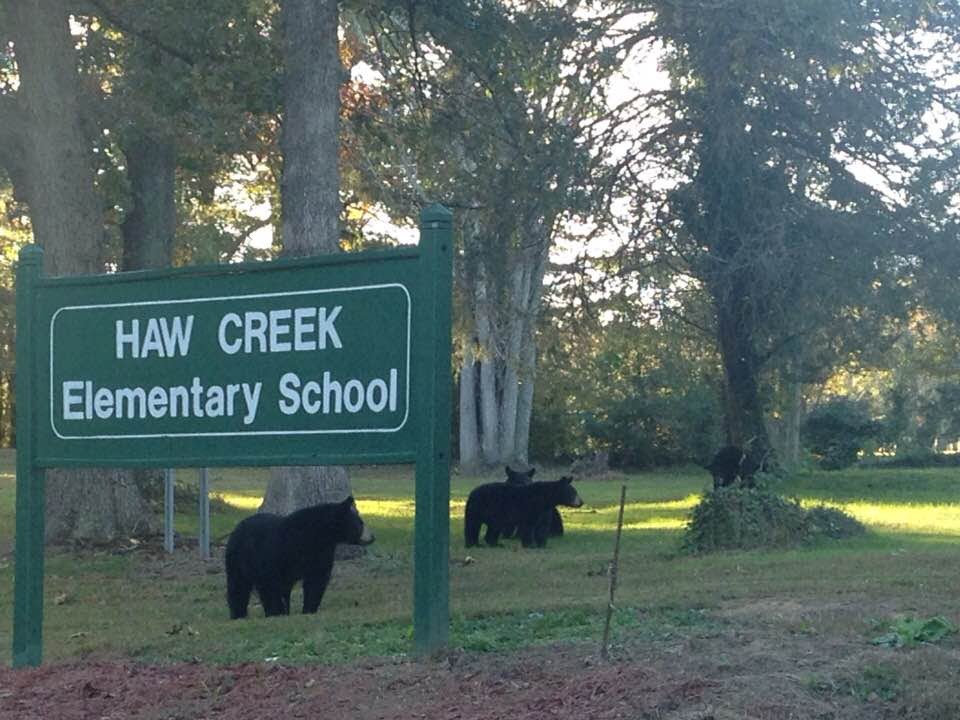
Bears in WNC
Western North Carolina is home to thousands of black bears. Bears are sometimes drawn to people’s yards (or schoolyards, like the family of bears pictured above at Haw Creek Elementary) by bird feeders, pet food, compost piles, and garbage. Bears are actually so common in Asheville and Buncombe County that their activity and behavior is being researched by NC State University and the NC Wildlife Resources Commission. If you see a bear around town that’s sporting a GPS collar, it’s likely part of that study. Learn more about the bears that call our Appalachian region home by visiting the Smoky Mountain National Park website: Black Bears in the Smokies.
Ever wondered why bears hibernate? Find out here on an episode of Mystery Doug. Bears aren’t the only animals that sleep through the winter. Visit the NC Arboretum’s website to learn about other animals that hibernate.
Books about Bears in the Garden
Several of the books in our farm to school children’s literature lending library feature bears. As a reminder, Asheville-area educators are welcome to check these books out to use with their classes. Here are some of our favorite books that pair bears with garden or nature themes:
- Jamberry by Bruce Degen
- Once There was a Tree by Natalia Romanova
- Tops and Bottoms by Janet Stevens
- Seeds! Seeds! Seeds! by Nancy Wallace (included in our preschool Seed Exploration lesson plan)
- Ugly Pie by Lisa Wheeler
- Bear and Bunny Grow Tomatoes by Bruce Koscielniak (included in our preschool lesson plan for Garden Plot Crackers)
- The Little Mouse, the Red Ripe Strawberry, and the Big Hungry Bear by Don & Audrey Wood
- Blueberries for Sal by Robert McCloskey (included in our preschool lesson plan for Berry Parfaits)
Activity:
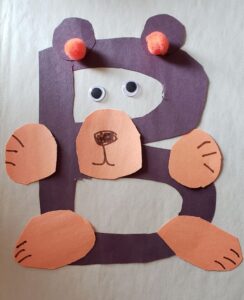 B is for Bear
B is for Bear
Materials:
- Construction paper
- Glue
- Scissors
- Crayons or markers
- Google eyes or you can draw them
- Pompoms or anything else you have that you would like to decorate your bear with
Read one of the many stories we have listed about bears above. Then, have fun creating your own bear out of the letter B. Once you’ve made your bear, use the following prompts to write or tell a story about your bear: My bear loves to eat… When my bear is tired it… My bear and I like to…
Five Little Bears Rhyme:
One little bear
Wondering what to do.
Along came another
And then there were two.
Two little bears
Climbing up a tree.
Along came another
And then there were three.
Three little bears
Ate an apple core.
Along came another
And then there were four.
Four little honey bears
Found honey in a hive.
Along came another
And then there were five.
—
Check back next week for new resources. Click here to access Day by Day resources from past weeks. If you didn’t find what you’re looking for here, please visit our Lesson Plans page.
